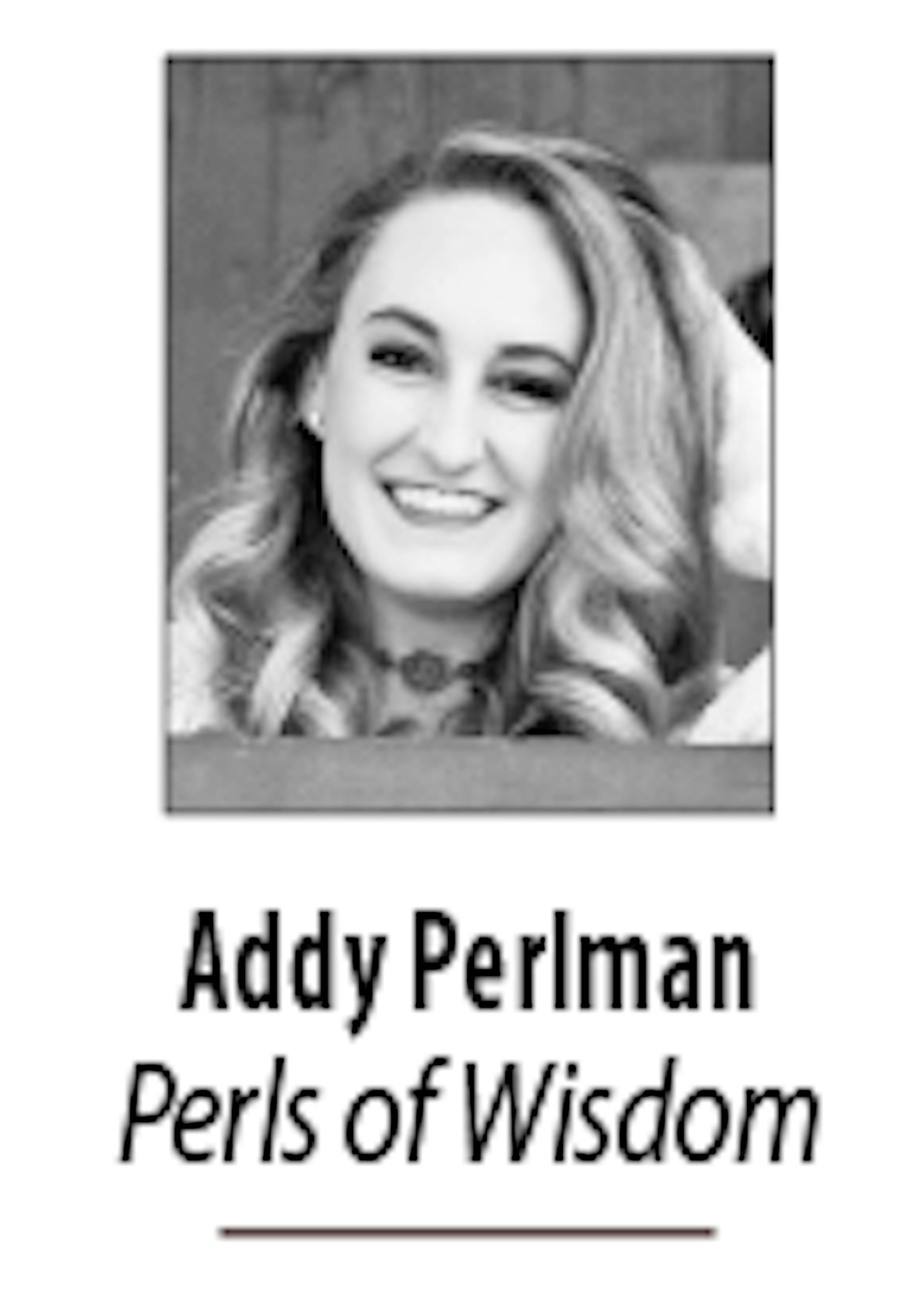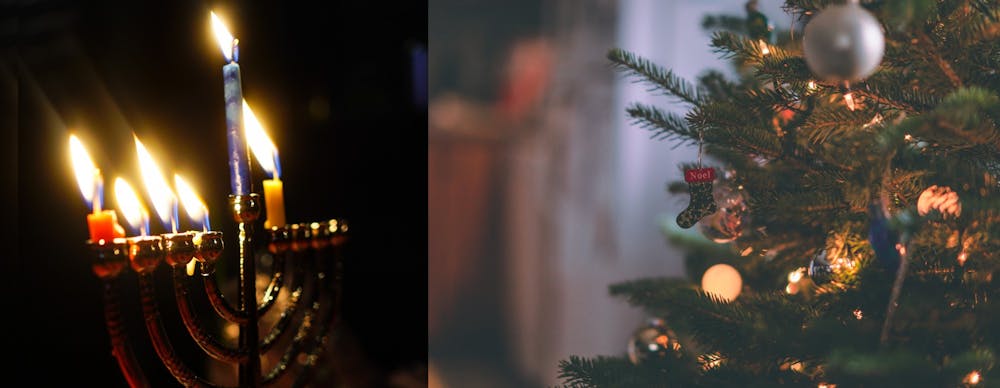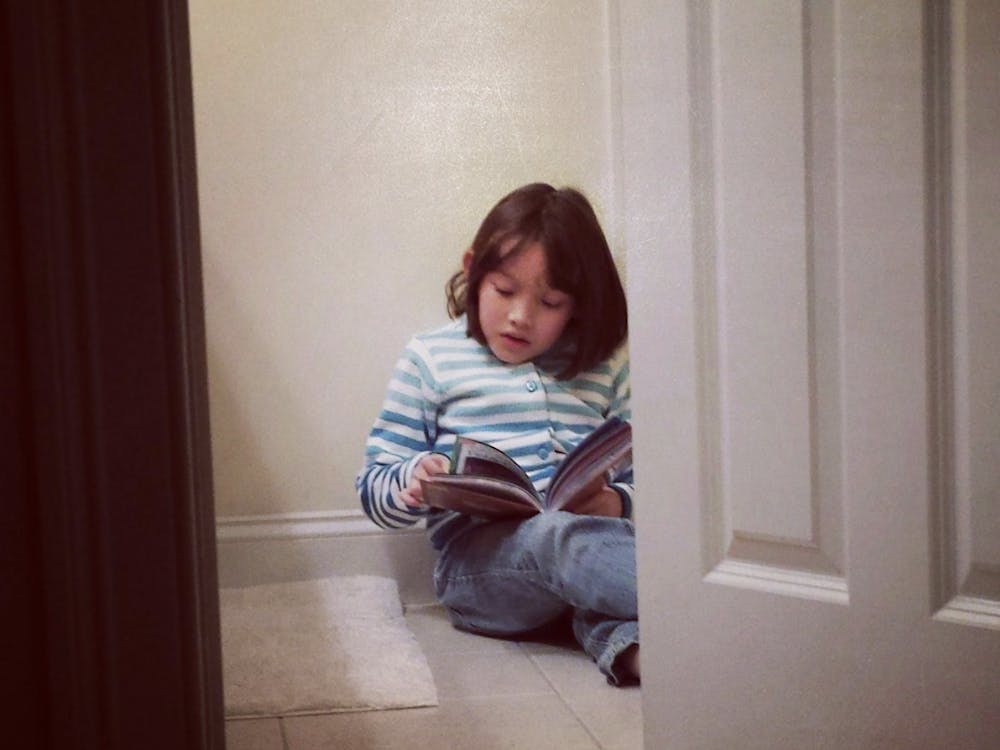
Once upon a time in a flyover town, an only child slept in her wooden castle and was tucked away in her princess-themed tower, which overlooked the splatter-shaped moat with a swirling slide attached. Her blinds were drawn, and under the covers, she read with her flashlight because the anticipation of Christmas morning was overwhelming. The cookies were iced and were waiting downstairs for Santa Claus. Carrots and nuts for the hardworking reindeer occupied an extra dog bowl on the brick front step.
The hours passed, and finally her lids couldn’t fight the sleep monsters. It was one in the morning. Her parents scurried upstairs to make sure their little girl was sound asleep, and then they got to work.
We had no Christmas tree for Santa to place the presents under. Instead, we had a stone fireplace. There were no decorations to reflect the holiday cheer. The room was modern with a twist.
Over the couch, meant for looking and not sitting, was an original Barnum and Bailey Circus poster. The giant rhino watched our family’s museum of oddities. Glass sculptures were sprinkled throughout the room, and light entered from the wall of windows and made the living room sparkle as it bounced off the glass art.
It was magical, especially on Christmas morning. Hundreds of balloons covered the wooden floors; all of them were blown up by Santa’s helpers, the parents. This was their tradition because they were Jewish.
Since they resided in a small and mostly Christian kingdom, the little princess was the only Jewish kid in her class. Afraid she would tell the other children that Santa wasn’t real, her parents decided to celebrate both Christmas and Hanukkah.
The mother’s family was Southern Baptist, but the mother had converted when she was pregnant with the little girl. The father’s family was Jewish. This is why there was no tree. No lights were strung and no plastic Santas or Nativity scenes, one of the most popular lawn decorations in the village, were in the front yard. Instead, a Star of David hung from one of the windows in the front of the house.
Jewish but waiting for Santa, the little girl didn’t realize how strange it was for her to celebrate both holidays. She learned to read Hebrew, and she recited the prayer to bless the hanukkiah every year for Hanukkah. At her school, she and her mother threw Hanukkah parties for the other children. They bet gelt, or chocolate coins, on the dreidel game. If they didn’t learn anything else, at least the mother and daughter duo taught them how to be gamblers. The children feasted on latkes, or potato pancakes as they called them. They listened as the girl explained the meaning of Hanukkah, but the most popular question was: How come you get both?
The little girl always explained her family’s story, but one day she became aware that she received presents during the eight nights of Hanukkah and on Christmas. Because this is how it had always been in her house, she forgot that not everyone had a week of little presents.
One of her classmates asked, “How can I be Jewish? I want both too.”
Everyone, including the little girl, laughed, but she also realized how strange her situation was. She existed in limbo between two worlds. No Christmas tree but a stone mantle. No decorations but balloons and an Elf on the Shelf.
She loved her family’s tradition, and as she got older, Hanukkah became less about the presents and more about the actual holiday. She also discovered the Santa tracker was fake and that the reindeer hooves she heard were rocks thrown on the roof by her father.
But to this day, the girl and her family light the candles for Hanukkah, and she still comes down on Christmas morning to a room filled with balloons and presents placed on the fireplace by her parents.
She treasures her unique traditions.





